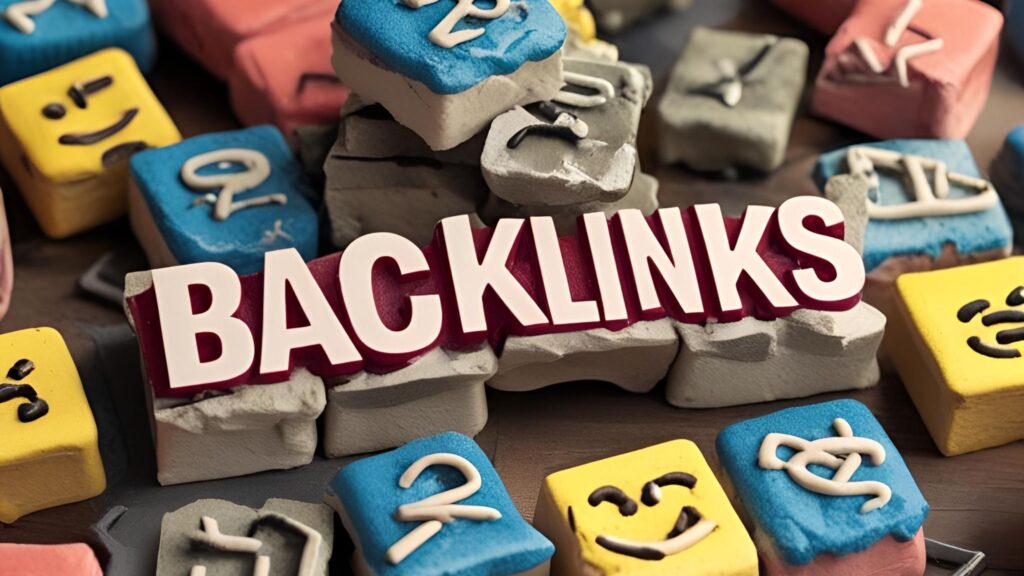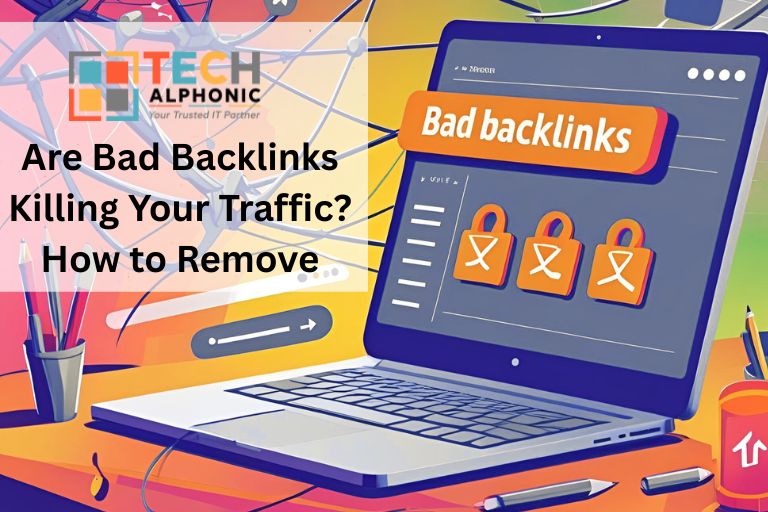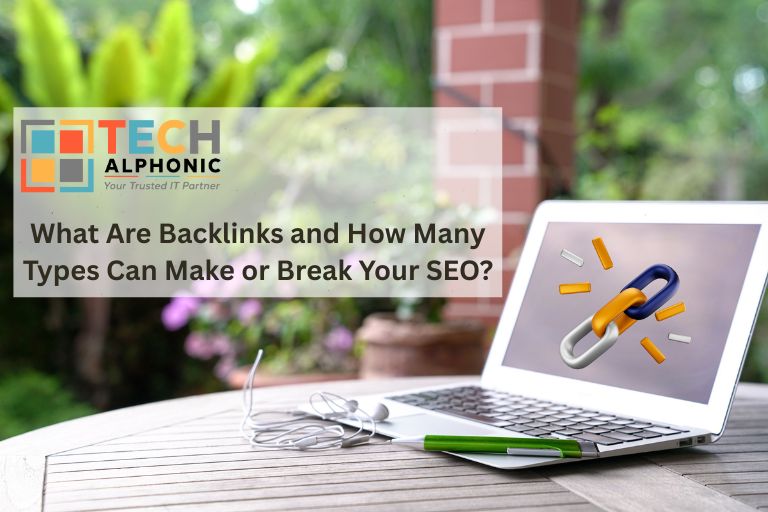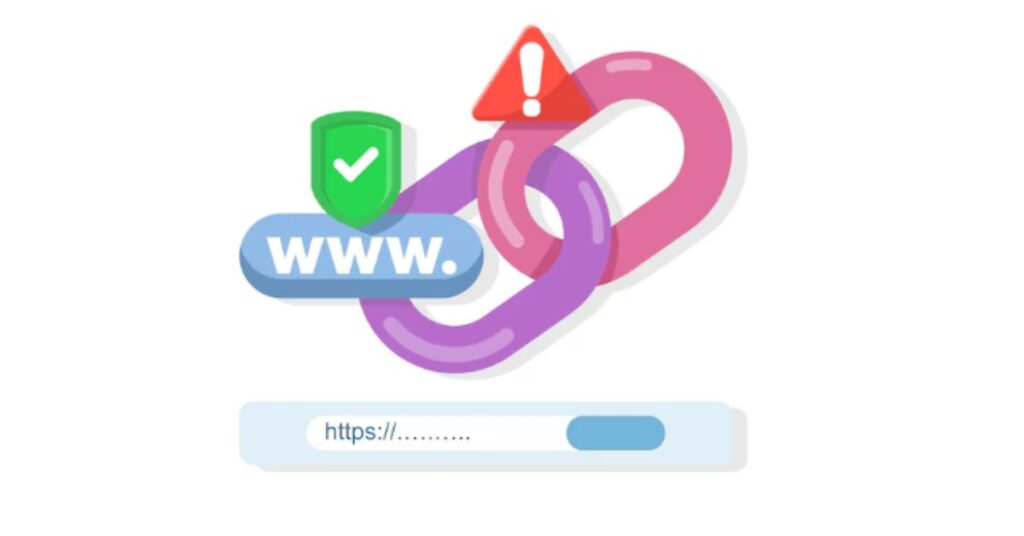Are Bad Backlinks Killing Your Traffic? How to Remove Them to Save Rankings Fast!
Is your site hurtling down Google speedily? Do you see your competitor outranking you overnight as you sit helplessly watching? The issue may be bad backlinks that lurk in silence and with malignant intent against your SEO credibility.
Tech Alphonic is a revered SEO Company in India, under whose auspices countless businesses have succumbed to the temptation of toxic backlinks. The good news? Before these backlinks get out of hand, they can be removed. This guide is a stepwise tutorial on finding, removing, and disavowing bad backlinks—and why working with a professional SEO Company in Noida makes a world of difference.
What Are Bad Backlinks, and Why Are Bad Backlinks Dangerous?

Bad backlinks are links from untrustworthy, spammy, or irrelevant websites to your website. They come from:
- Link farms or shady directories;
- Irrelevant foreign websites;
- Spammy blog comments;
- Hacked sites.
Backlinks are, in fact, usually good for SEO. Conversely, bad backlinks send red flags to Google to indicate that you’re trying to falsify rankings. This could lead to:
- Sudden ranking drops
- Manual penalties
- Long-term loss of credibility
Smart businesses, therefore, engage a reliable SEO Company in India to follow up and maintain the health of their backlink profile.
How to Identify Bad Backlinks?
Before you can remove bad backlinks, you have to find them. Here’s how our team at Tech Alphonic does it:
- Use Google Search Console
Download a list of all domains linking to you.
- Leverage Premium SEO Tools
Domain ratings, toxicity scores, and spam indicators—those platforms will provide detailed information on all of that.
- Watch For Red Flags
Conclude checklists that include:
- Links from unrelated niches
- Possess low domain authority
- Over-optimized anchor text like cheap products
- Domains flagged as malware
How to Remove Bad Backlinks (Fast!)
Ready to protect your rankings? Here is the action plan.
Step 1: Create a Master List
Place all questionable links in a spreadsheet.
Step 2: Request Removal
Polite emails should be sent to each respective webmaster, requesting removal of the link. Some will get back to you; others won’t.
Step 3: If They Don’t Respond, Disavow the Others
If the persons you write to, whom you ask for the removal of unusual links, do not reply, create a disavow file containing all unwanted domains and submit it through Google Search Console. The disavow tells Google to pay no attention to those links whatsoever.
Step 4: Regularly Monitor
Set monthly reminders for checking for new bad backlinks. Consistently doing this should evenly play a key role in keeping you penalty-free.
Step 5: Hire an SEO Company in Noida
Professionals have tools, experience, and connections to do the clean-up faster and better than you can do it yourself.
Why Work with Tech Alphonic, the Leading SEO Company in India?
Here’s why smart brands put their trust in us:
- Proven Results: We have years of experience in recovering rankings from Google Penalties.
- Complete Transparency: You will be informed of every link we remove or disavow.
- White-Hat SEO Only: Strategies that ensure the long-term protection of your brand.
- Affordable Packages: Tailored solutions to match every budget.
Never risk your business to guesswork—let professionals come in from a reputable SEO Company in Noida.
Pro Tip: Prevention Is Better Than Cure
Once you clean your backlinks, focus on building high-quality, and relevant links from reputable websites. That’s the true secret to long-term SEO success.
FAQs about Removing Bad Backlinks
Q1. How long does it take to see improvements after removing bad backlinks?
Usually, improvements can be seen within 4-6 weeks, but this will differ based on the history of your site and how critical the toxic backlinks were.
Q2. What if a website refuses to remove my backlink?
That’s where the Google Disavow Tool comes in to tell search engines to disregard it.
Q3. Can removing backlinks hurt my SEO?
Yes, if you mistakenly remove good backlinks. That’s why many companies hire expert SEO Companies in India to avoid such mistakes that could be costly.
Q4. How can I prevent getting bad backlinks again?
Stay clear of link-buying schemes, monitor your profile every month, and collaborate only with reputable SEO providers.
Q5. Do all bad backlinks lead to penalties?
Not all bad backlinks lead to penalties; penalties could go against you only when there is an obvious pattern.
Ready to Clean Up Your Backlinks?
Don’t let bad backlinks wreck your business. Tech Alphonic is ready to assist you. The trusted SEO Company in Noida will audit, remove, and disavow harmful links so that you may see your rankings rise once more.






